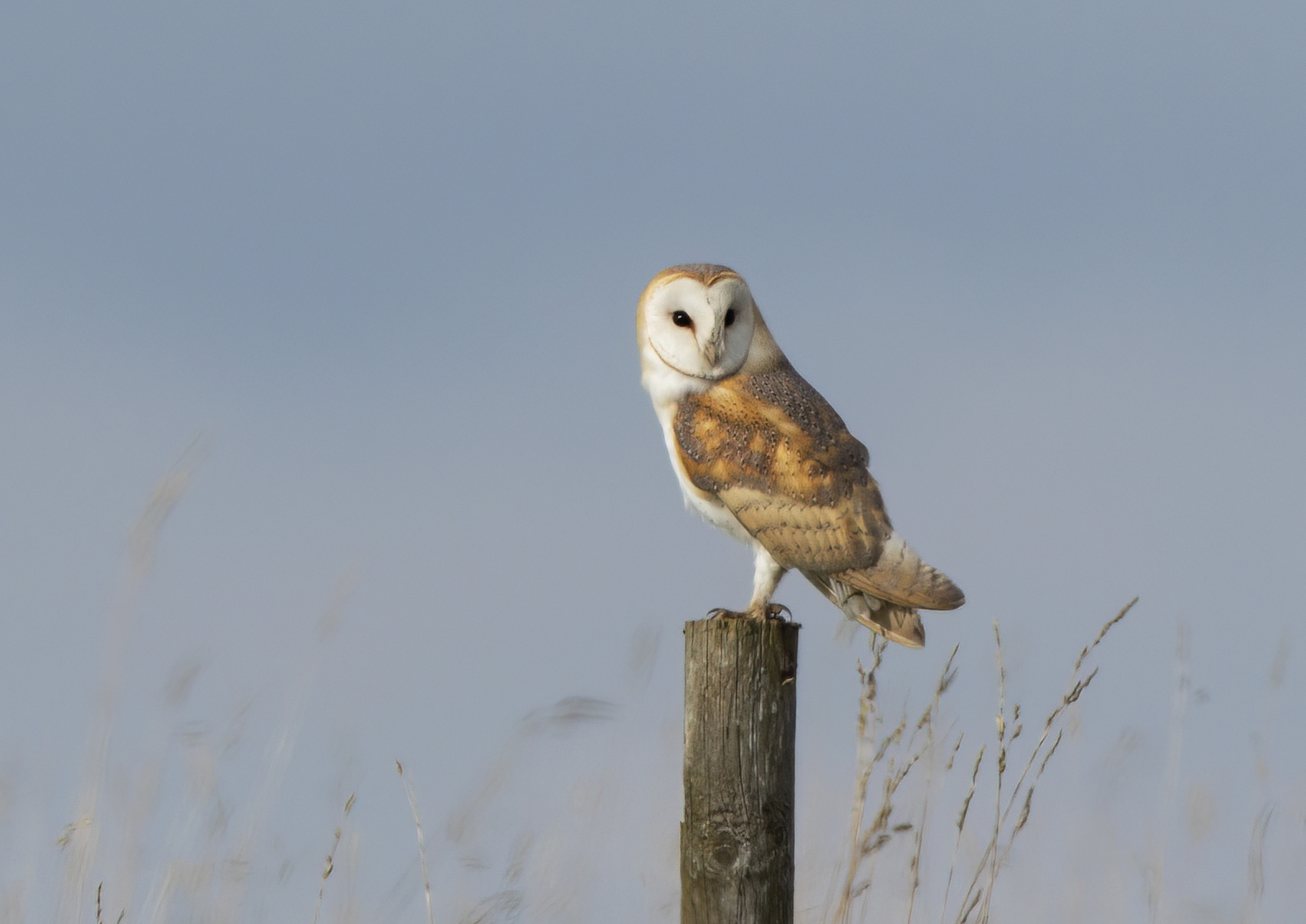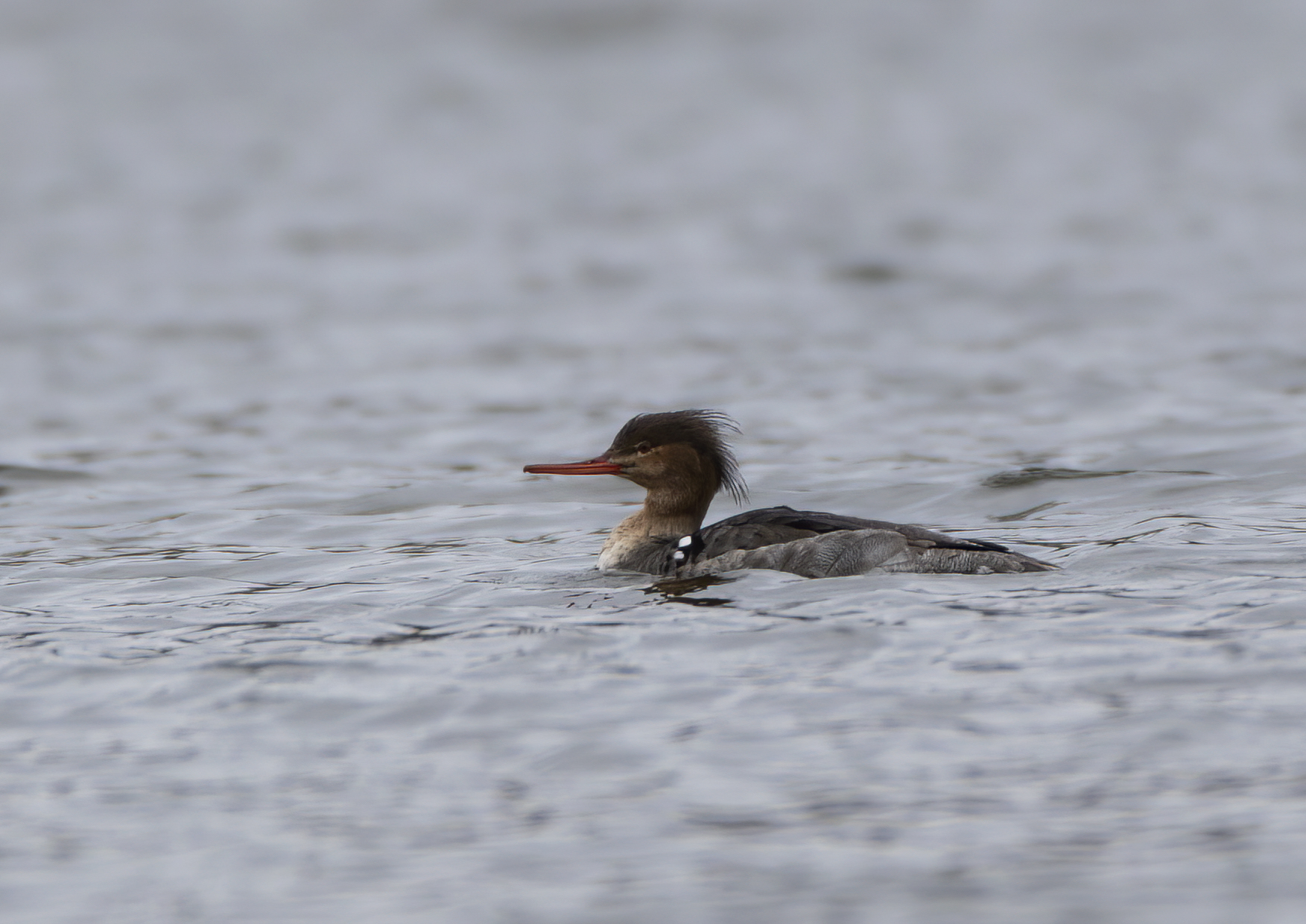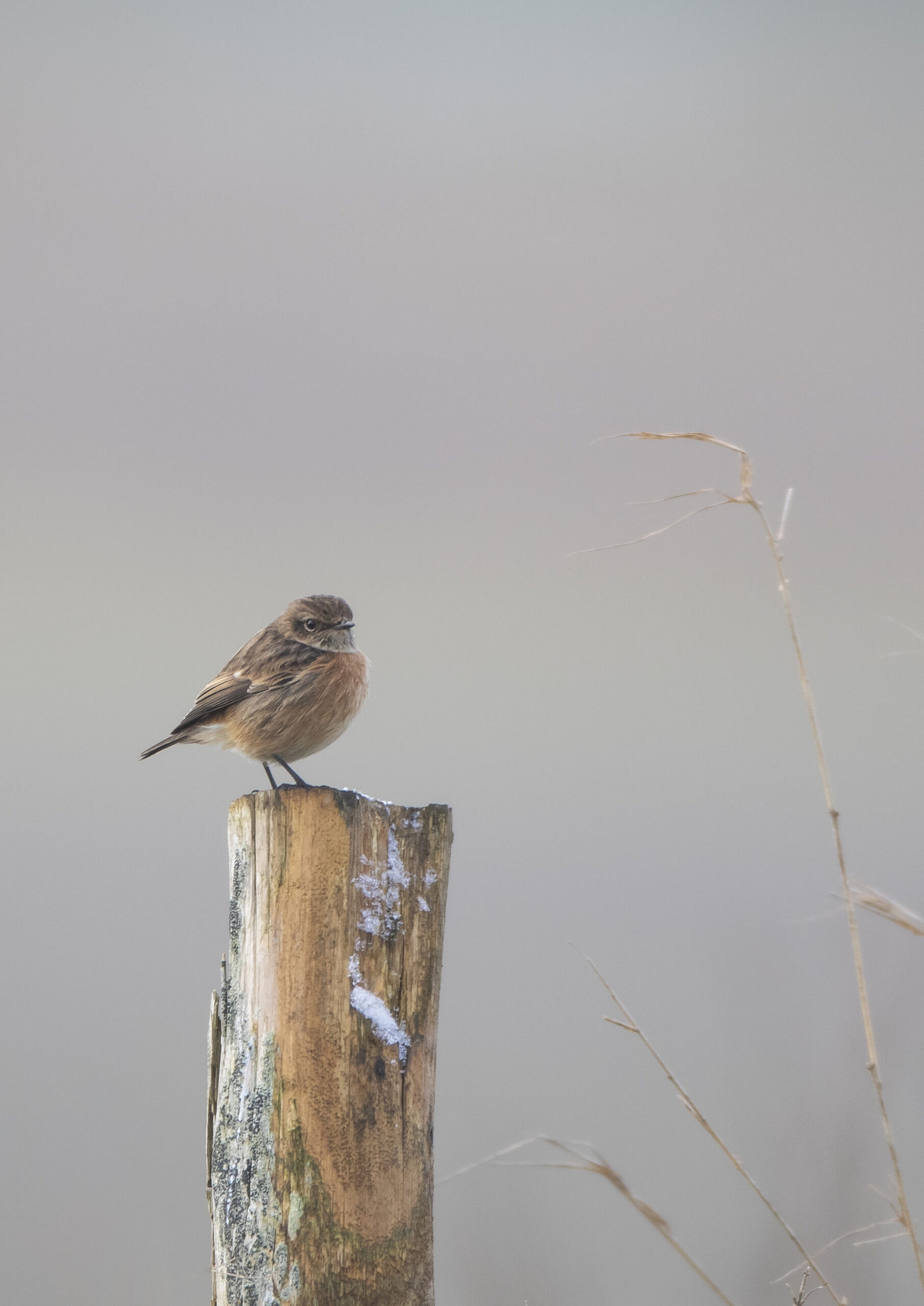I went to check on some common lizards recently, in an area of Somerford Common, Wiltshire, where I’ve seen them many times. My heart sank when I saw the notices from the Forestry Commission, advising that they they were thinning out the trees. They had done that recently in areas of Savernake Forest, changing dark woodland full of brambles and ferns into open, sunlit spaces dotted with rather lonely trees and devoid of the Fallow Deer that I’d gone there to see.
I was right to be worried. I was met by a scene of devastation. For hundreds of yards, the bushes either side of the trail had been flailed close to the ground. Gone were the piles of rotting wood and drifts of leaves in which the lizards lived. Gone were the flowering plants and bushes upon which bees and butterflies had nectared in the summer. Gone were the young blackthorn shoots upon which rare butterflies had laid their eggs.

One of the challenging things about conservation is that our wildlife can be particularly picky. Some species of butterfly need new growth in order to survive. Others rely on the plants that new growth gradually crowds out. Some wildlife needs dense cover, other species need light, airy spaces. Whatever actions you take to our environment, there will always be winners and losers. This truth, and the perfectly reasonable need for the forestry commission and other famers and landowners to make a living, often leads to scenes like that above. The argument is made that the habitat will return, and it will. The failed bushes will gradually re-grow. The gorse and bramble will spread again. Perfect homes for lizards and butterflies will eventually be found along the track above, just as they once were.

But there is a problem with this argument, which is – where do things go in the meantime? You can build the most perfect habitat imaginable, but if the species that you intend to exploit it dies before its ready, or if they cannot reach it, then it is worthless. Imagine we “solved” the housing crisis by dynamiting all existing housing stock so that we could build new flats ten years later. Or solved it by building homes in the middle of the motorway. That is the issue I have with what has been done to Somerford Common and so many other places. Rather than flail one side of a track, giving the wildlife somewhere to escape to and survive until the old habitat returns, all of the habitat has been removed – and not just along this track, but along several adjacent ones and many of the spaces in between. In lizard terms, this is ethnic cleansing.
What I would like to see is the work done in smaller stages, but it is simply uneconomic to bring heavy equipment into a forest only to do a couple of hundred yards of track. And against that argument, sadly, the wildlife will always lose.




Social Profiles